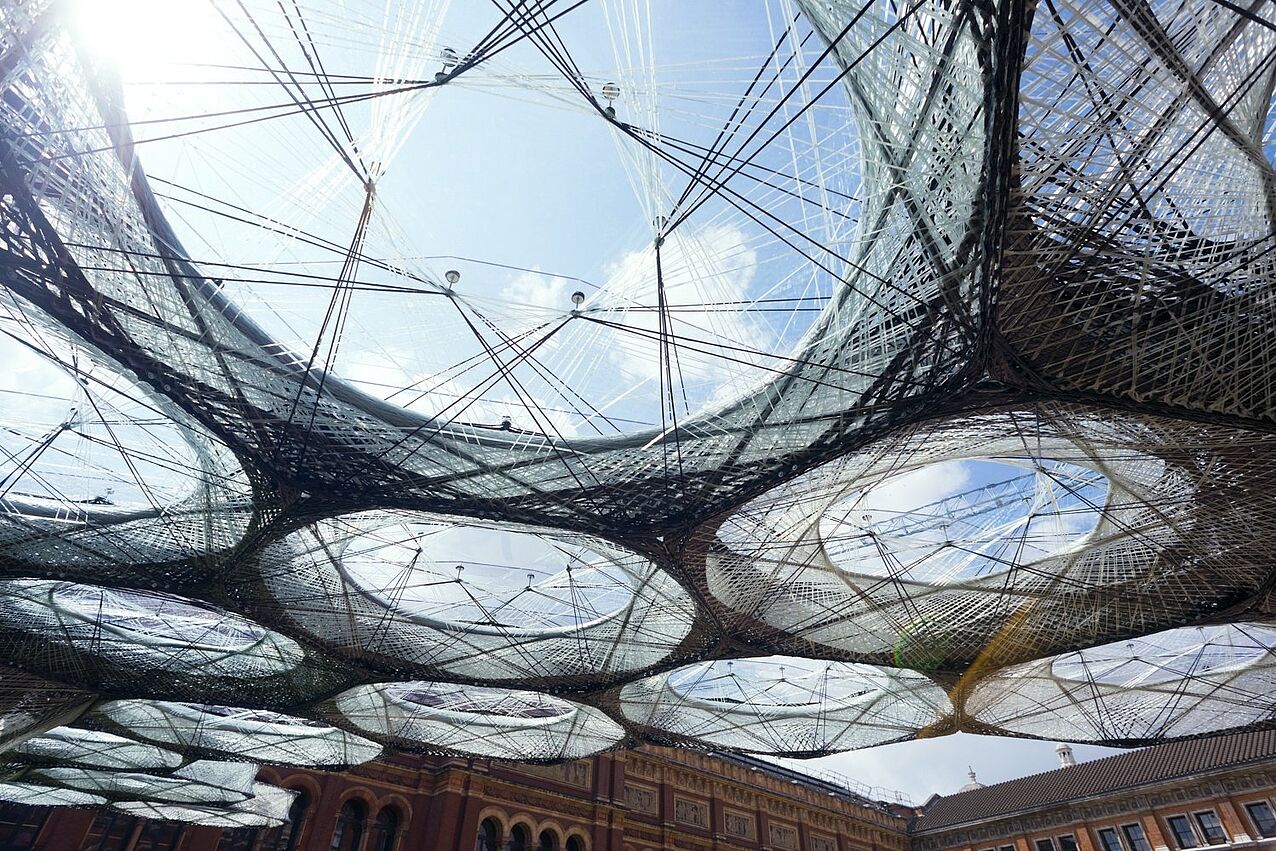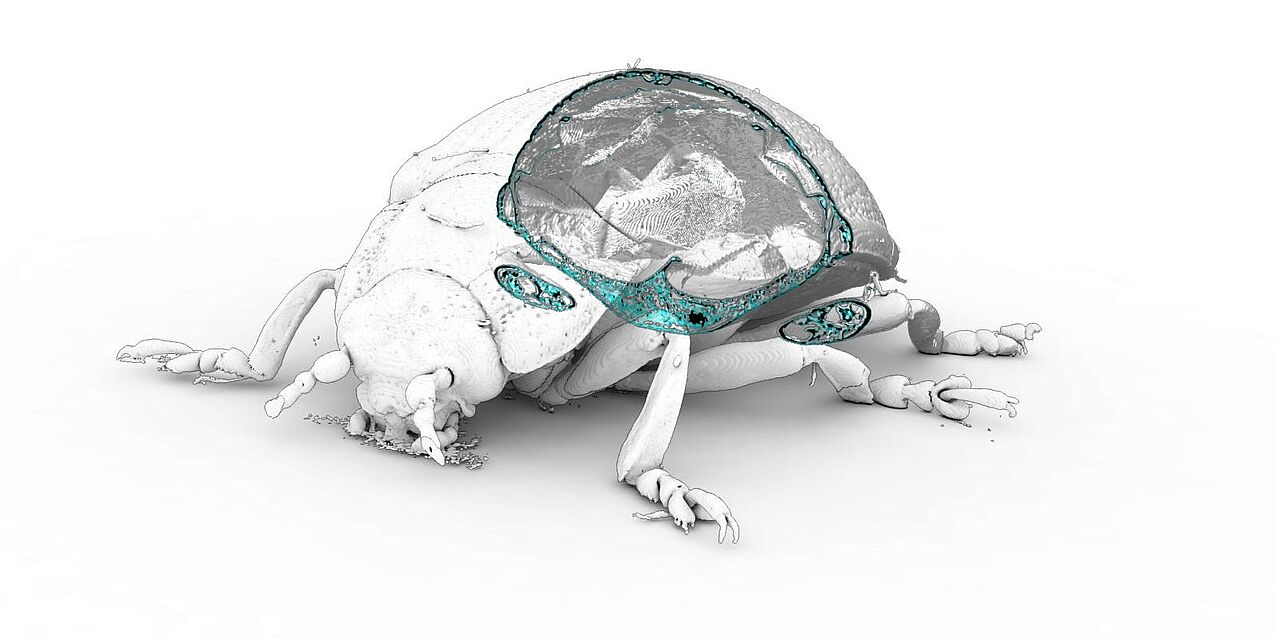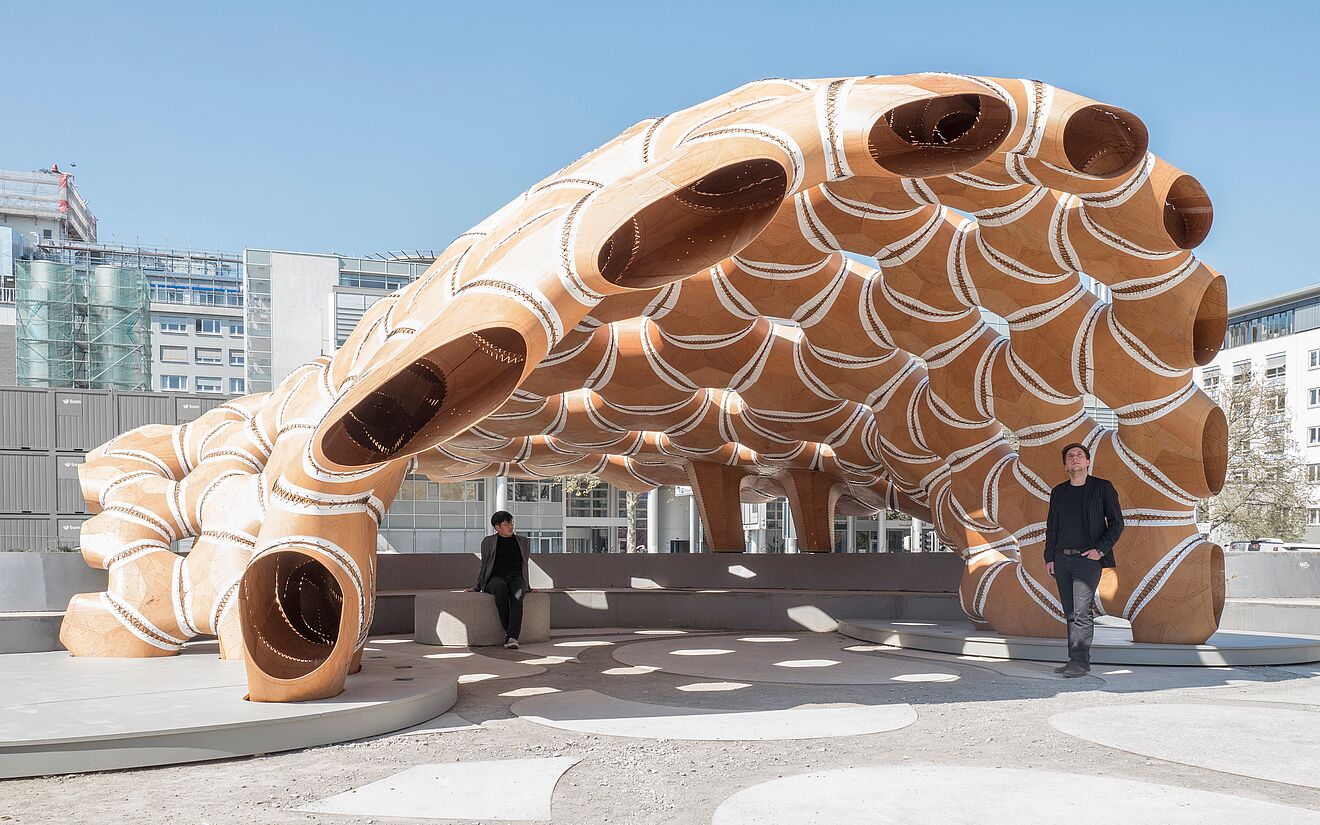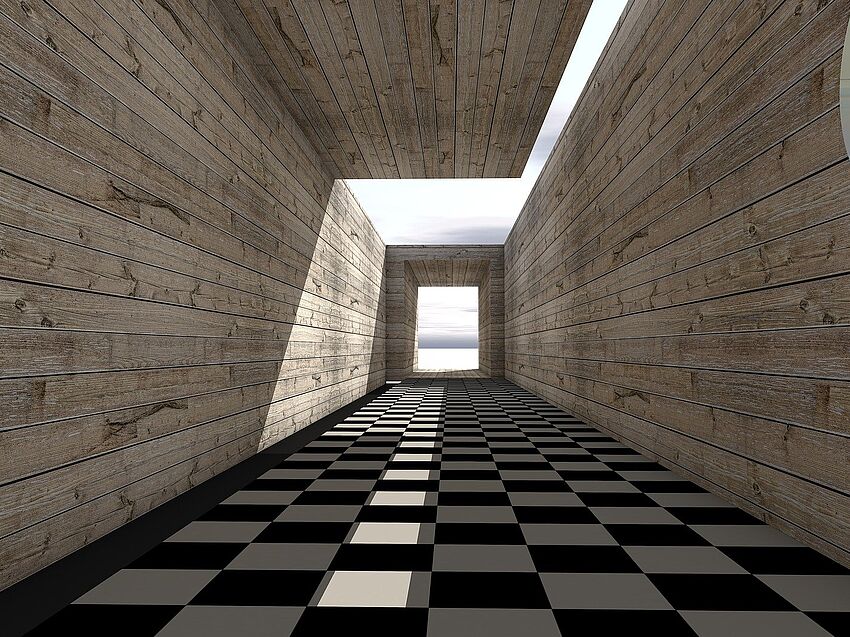The 20 most expensive buildings in the world: from super mosques to luxury casinos
The ICD and ITKE of the University of Stuttgart are developing potentially pioneering construction methods based on models from the animal world – all while using robots. In the history of technology, nature has served as a model for new materials, constructions or machines so many times. The almost infinite pool of things that we can still learn from nature is far from being exhausted. For example, new findings in biology are repeatedly providing inspiration for the development of innovative construction methods.

Particularly fruitful are the new insights into nature from the research projects of the Institute of Computational Design and Construction (ICD) and of the Institute of Building Structures and Structural Design (ITKE) of the University of Stuttgart. Architects and engineers here, among other things, develop new construction systems based on bionic investigations. The amazing results of this work can be seen every year with the joint research pavilions. In addition to the current research pavilion in Stuttgart, the Elytra Filament Pavilion in the Victoria and Albert Museum in London could also be admired in 2016.

Research pavilion 2015/2016: Sea urchins and sanddollars
The last nominal research pavilion was based on observations sea urchins or a sub-species – the sanddollar. Researchers imitated the high-performance, segmented shell structure of these animals by first laminating thin veneer strips into flat plywood panels. These can be bent into different curvature radii due to the varying fiber directions and material thicknesses. Once curved, robots helped to connect the panels as groups of three with a sewing machine and bring them into form.

151 of these segments form the completed pavilion. The form and fiber orientation of their members are adapted to the local structural and geometric requirements. This results in the final form of the experimental construction from the local specific conditions of the university campus. The segments themselves were connected to each other through a combination of interlocking joints and cords.

Elytra Filament Pavilion: Beetle Wings
The Elytra Filament Pavilion was designed as part of the V&A Engineering Season 2016. The concept was already based on previous research pavilions and has been continuously developed since then. Wing cases of flying beetles served as the natural structural model, to which the pavilion also owes its name. These "elytra“ are composed of an upper and lower shell, which are connected to each other via supporting elements (trabeculae) in which fibers of both shells continuously pass into each other.

Researchers abstracted this system by using a coreless winding process to robotically lay carbon and glass fibers around points along a hexagonal winding tool. The sequence of the deposited fibers determines the way in which they deformed in an alternating fashion and thus determined the shape of the resulting surface. The cells made in this way were released from the tool again after the material hardened and ultimately formed the roof of the pavilion, whereby the individual shapes took into account the different structural requirements within the structure.

The Potential of Intelligent Architecture
The described bionic construction systems hold tremendous potential - even as a completely new type of architecture. They are extremely lightweight, low in materials and immensely adaptive. The fact that this adaptability can range up to a kind of intelligent growth was demonstrated by the Elytra Filament Pavilion: Sensors in the fibers collected information about climate, visitor behavior and stress conditions in the structure, which a computer evaluated in order to then decide on future reconfigurations by using a growth algorithm. The specific information about the construction of the required modules was immediately sent to a production robot integrated in the pavilion. In this way, new modules were created on site and the pavilion grew - as living, intelligent architecture that interacts with its environment.
PROJECT TEAM of the research pavilion 2015/2016:
Institute of Computational Design (ICD) – Prof. Achim Menges
Institute of Building Structures and Structural Design (ITKE) – Prof. Jan Knippers
Scientific development and project management
Simon Bechert, Oliver David Krieg, Tobias Schwinn, Daniel Sonntag
Concept development, system development and realization
Martin Alvarez, Jan Brütting, Sean Campbell, Mariia Chumak, Hojoong Chung, Joshua Few, Eliane Herter, Rebecca Jaroszewski, Ting-Chun Kao, Dongil Kim, Kuan-Ting Lai, Seojoo Lee, Riccardo Manitta, Erik Martinez, Artyom Maxim, Masih Imani Nia, Andres Obregon, Luigi Olivieri, Thu Nguyen Phuoc, Giuseppe Pultrone, Jasmin Sadegh, Jenny Shen, Michael Sveiven, Julian Wengzinek, and Alexander Wolkow. With support from Long Nguyen, Michael Preisack and Lauren Vasey
In collaboration with
Institute of Evolution and Ecology, Department of Evolutionary Biology of Invertebrates – Prof. Oliver Betz
Center for Applied Geosciences, Department of Invertebrate Palaeontology – Prof. James Nebelsick
University of Tübingen
DESIGN, ENGINEERING SERVICES AND PRODUCTION Elytra Filament Pavilion:
Achim Menges with Moritz Dörstelmann
ICD – Institute of Computational Design, University of Stuttgart
Achim Menges architect, Frankfurt
Team:Marshall Prado (manufacturing development), Aikaterini Papadimitriou, Niccolo Dambrosio, Roberto Naboni, with support from Dylan Wood, Daniel Reist
Jan Knippers
ITKE – Institute of Building Structures and Structural Design, University of Stuttgart
Knippers Helbig Advanced Engineering, Stuttgart, New York
Team: Valentin Koslowski & James Solly (structural development), Thiemo Fildhuth (structural sensors)
Thomas Auer
Transsolar Climate Engineering, Stuttgart
Building Technology and Climate Responsive Design, TU Munich
Team: Elmira Reisi, Boris Plotnikov
With support from:
Michael Preisack, Christian Arias, Pedro Giachini, Andre Kauffman, Thu Nguyen, Nikolaos Xenos, Giulio Brugnaro, Alberto Lago, Yuliya Baranovskaya, Belen Torres, IFB University of Stuttgart (Prof. P. Middendorf)
Commissioned by:
Victoria & Albert Museum, London 2016




